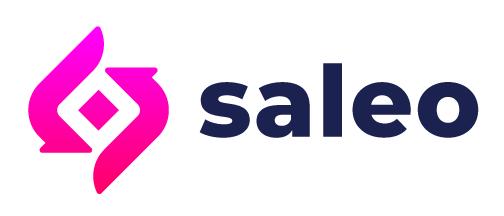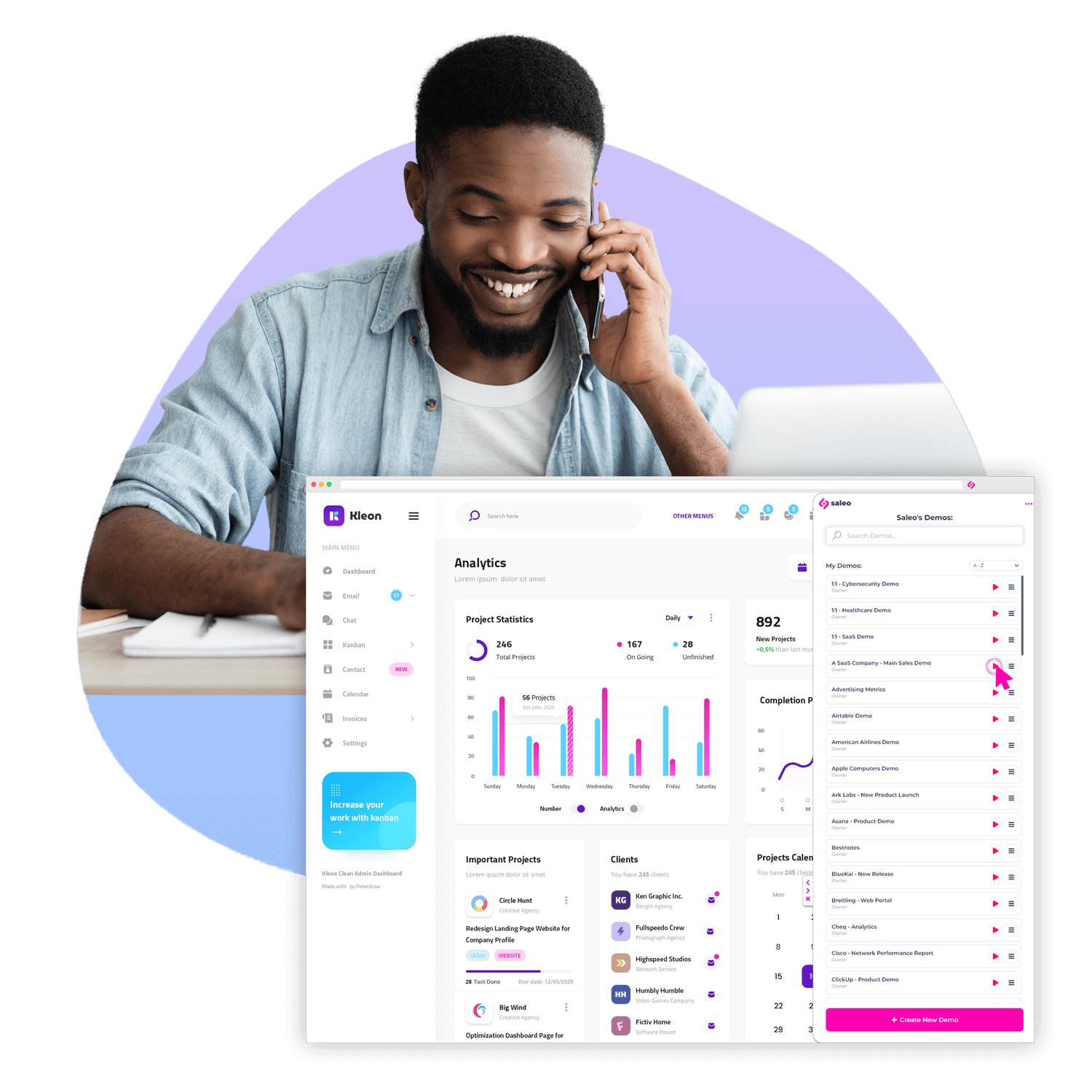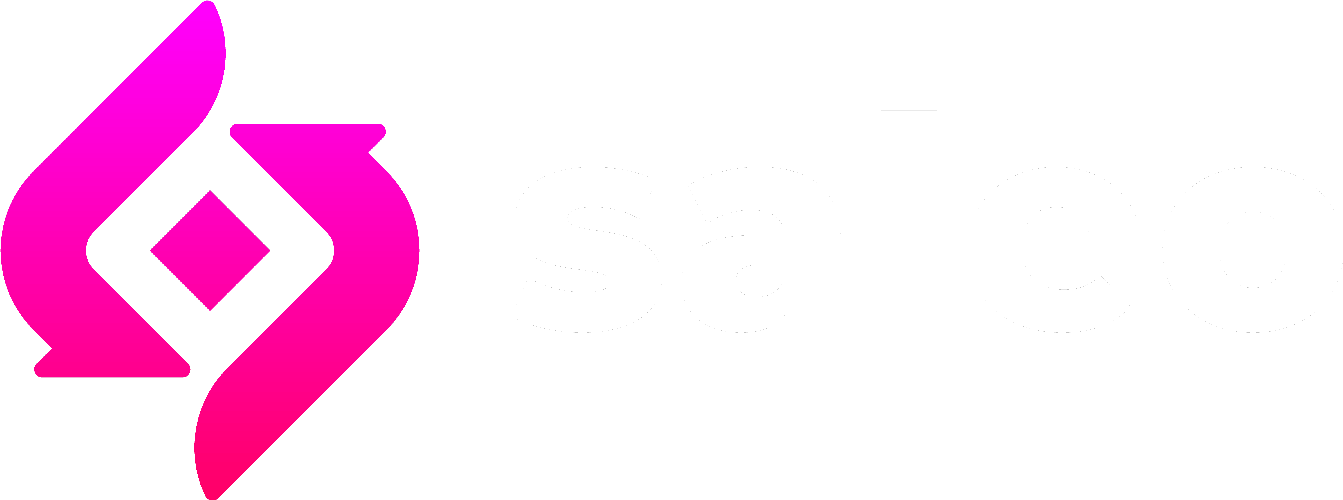If you’re selling B2B software, you must know how to demo your product effectively. The best sales demos lead buyers through a process that gives them confidence in your product and makes them want to buy it.
It’s not enough to show your product; you need to help buyers understand how it works and what it can do for them. This means giving them a hands-on demo showing the value of using your software rather than just explaining its functions.
The most important thing to remember is that you’re not selling software; you’re helping buyers solve problems. If buyers see how your product will help them do this, they’ll be more likely to buy it. So, how do you go about it?
The following tips will help you create sales demos that buyers love, helping you close more deals.
Don’t Wander Too Far From the Customer’s Value Map
The customer’s value map is the list of things that are important to them.
If you understand what is valuable to your customer, you can help them see how our software delivers on each of those values. This requires you to understand their business, industry, and specific needs.
Don’t wander too far from the customer’s value map when talking about our product features or benefits—those should be secondary to what they want from the product (and us). Start with the customer’s needs, not with your product features. Identify each of their critical business challenges and opportunities. Then, look for ways your software can help them solve those challenges or take advantage of those opportunities uniquely.
You can ask them questions like, “What are your biggest challenges right now?” or “What opportunities do you see for your business in the next five years?” Use their responses to identify the specific problems they want you to solve.
Once you’ve identified the problems, you can start thinking about how your software can solve them. For example, if a customer tells you they want a tool to help them manage their sales pipeline more effectively, then your product should do that—and nothing else.
Recognize That You Are Selling to a Team, Not an Individual
One of the most important things to remember when selling B2B software is that you are not selling to an individual. You are selling to a team, which means many people are involved in the decision-making process. While it may sound obvious, you need to understand who the decision maker is and their influencers and gatekeepers so you can get your foot in the door.
You need to ensure that the people coming into contact with your product understand what it does and how it will help them. If you can’t explain it in clear terms that everyone on the team understands, then there is no way they will be able to sell it to their higher-ups.
Be Prepared for the Question, “How Does Your Solution Work With Our Existing Solutions?”
“How does your solution work with our existing solutions?”
This is one of the most critical questions you will have to answer as a Salesperson. It’s also one that salespeople often don’t prepare well enough for or neglect altogether.
To be prepared, you need to know the prospect’s current solutions and how they work together. You also need to know their business processes and goals to show them how your software will significantly impact those areas of the company where it can add value by replacing an existing solution or adding new capabilities.
Finally, determine if there is a budget for new software now or in the future—or if this is going to be an ROI-based conversation where cost is not a concern (in which you should still case plan ahead because it leads directly into discussing benefits).
If there is a budget, discuss your software’s financial impact on the company. This will help you frame the conversation around how much money they stand to make and how much time they’ll save with your solution.
Don’t Focus On Features — Instead, Focus on Outcomes
The best way to sell B2B software is to focus on the benefits, not the features.
When you’re selling a solution that you will deploy in your prospect’s organization, it’s imperative to understand how it will affect their business and what problems it solves. Think about this from the perspective of an outsider looking at their current situation compared with one where they have access to your solution.
If you can go further than just explaining how your product works, you are creating value for your prospects by helping them see how they can benefit from using your product or service. The problem with focusing on features is that it can be challenging to understand how they work on their own, let alone what they mean in the context of someone else’s company. When you talk about benefits instead, it becomes much easier for prospects to see how they will help them achieve their goals and solve problems.
If a Prospect Throws a Curveball During the Demo, Don’t Get Thrown off -Field It Quickly and Smoothly
There are a lot of things that can go wrong in a sales demo. Here’s what you should do if one of your prospects throws you a curveball:
- Don’t get thrown off
If your prospect throws an unexpected question at you, don’t try to force the conversation back on track. The more important thing is to handle the situation calmly and professionally.
- Don’t get defensive or angry if they get impatient with your answer.
Even though it might be tempting to get defensive about how much time and effort went into building this software for them in the first place! Remember: You’re here to educate them about what makes their business better, not prove how smart or experienced you are at selling software products like theirs!
- Don’t try too hard to one-up them.
This means throwing out facts or figures that support why buying from YOU is better than buying from someone else. While technically accurate, sometimes this approach tends toward making salespeople sound arrogant rather than educating prospects.
If they ask another question, reply with another fact-based response without being condescending or sounding like an expert who knows everything there is know about everything else except maybe themselves.
The point is to be helpful to potential customers and give them what they need to make informed decisions about whether or not they should buy from YOU!
Remember That Demos Are Conversations, Not Lectures
The demo is not a lecture but rather a conversation. Conversations are two-way streets. You are there to listen to the customer’s needs and wants, help them understand how your product can solve their problems, and show them why your product is the best fit for the situation.
While presenting the demo, avoid talking about yourself or your company too much. Instead, focus on helping the customer understand how your product will work for them—and remember: it’s always okay if they don’t choose you right away.
Once you’ve presented your product, let the customer ask questions. If they have any questions or concerns about your product, address them immediately—and don’t assume that because they said nothing during your presentation, they’re satisfied with what you showed them.
Instead, ask them what they need from the product and whether you’ve answered those needs. The goal is for them to see that you care about solving their problems more than anything else.
Resist Giving a Demo Before the Prospects Are Ready
Once you have a prospect on the phone and they’re asking questions, resist giving a demo right away. It’s tempting to jump in with a demo as soon as possible, but this can make the prospect feel rushed or pressured by your company.
Instead of pushing it, ask some open-ended questions that allow them to tell you what they want out of the product before offering a demo. This will help you determine whether or not they are ready for one—and if so, which type of demo would be most appropriate for them at this stage in their buying process (i.e., an interactive webinar vs., say, a live virtual walkthrough).
Offer a Personalized Demo. (Tailored to the Prospect’s Specific Needs.)
As you begin to conduct your B2B software demo, you must understand that prospects are busy. They need to get back to work and know if your offering will help them make money.
So, rather than wasting their time by showing them features and functions that don’t address their needs, customize the demo around their specific business requirements.
For example: If a prospect is looking for a solution for managing inventory, instead of talking about how great the report builder is, talk about how easy it is for them (or anyone on their team) to create reports from any device with real-time data. You want to show them that they can quickly assess whether or not something is running low before restocking becomes necessary.
If they’re looking for a solution to manage customer data, show how easy their team can search and find relevant information about their clients to identify opportunities to upsell or cross-sell products and services.
If you’re unable to offer a personalized demo, your competitors probably are. And if they can’t do it, they’ll find someone who can. As a result, prospects will be more likely to choose another solution that offers what they need at the moment—and you’ll lose out on their business.
Acknowledge and Respond to Objections, but Don’t Let Them Derail You
When a prospect gives you an objection, acknowledge it and respond. If a prospect is concerned about the price, don’t get defensive and try to convince them that the cost is worth it. Instead, acknowledge that price is important to them! Then move on from there: “It sounds like pricing is an issue for you. I would love to help with that. How can we work together so you will feel comfortable paying for this product?”
You may have been surprised by this objection because your software has never been cheaper than it is today (or maybe it was lower when you first started selling). But don’t let this surprise derail your pitch—it might be possible for one or more of your prospects to see things differently than you do now!
Prepare to Be Flexible on Price and Scope in the Demo Environment. (Don’t Lock Yourself Into Something.)
Be prepared to make a few concessions.
You may have to provide a price above or below your expectations, so don’t lock yourself into something. If a prospect asks you for a higher price than you’d like, consider saying something along the lines of: “Well, I’m not sure if this is in our range but let me run it by my manager and see what we can do.” This gives them an opening to say how much they’re willing to spend but also allows you some room later.
Remember: You’re selling the solution, not just the software itself! The goal is ultimately closing sales—not just getting people through demos because they want demos done (they already know what they need).
End by Scheduling the Next Step, Don’t Leave It Open Ended
You should always have the next step in mind. Please don’t leave it open-ended. You don’t want to look desperate for the sale, and you don’t want to be too aggressive with your next steps. If they say no, be ready to follow up with them after a cooling-off period (typically 24 hours).
You want to leave the meeting feeling like you have established a rapport with them and that they will be in touch soon. If they don’t contact you again, it’s because they no longer are interested—not because of some failure on your part! You need to know how to get prospects interested in your product, get them excited about it, and close the deal. The best way to do this is by following a sales process.
A sales process is a series of steps you take with each prospect, from the first time they meet you until they decide to buy your product or service. A sales process aims to ensure that you’re always doing the right things at each point in the sale. This makes it easier for you to sell more effectively and efficiently to close more deals.
Remember that you’re not the only salesperson trying to sell them something. Many people out there want their business, so you need to stand out from the crowd. You want to build a relationship with them, so they feel comfortable doing business with you again in the future.
Conclusion
Personalizing more demos to the prospect’s needs means deals close faster and for a higher value. On the flip side, giving a demo that doesn’t have enough personalization will likely feel like a generic sales pitch. This can be off-putting to prospects looking for personalized experiences as they make their buying decision.
In today’s world, where everything is already personalized and customized, prospects expect the same from their sales experience. If you can take the time to personalize your demos to the prospect’s needs, it will pay off when they’re ready to buy.
Start including more personalized demos in your sales process using tools like Saleo, which will help you personalize your demo experience for each prospect. Your demos will be more effective, and you’ll have a better chance of closing more deals. Contact us today to request a demo to see how Saleo can improve your sales process.





